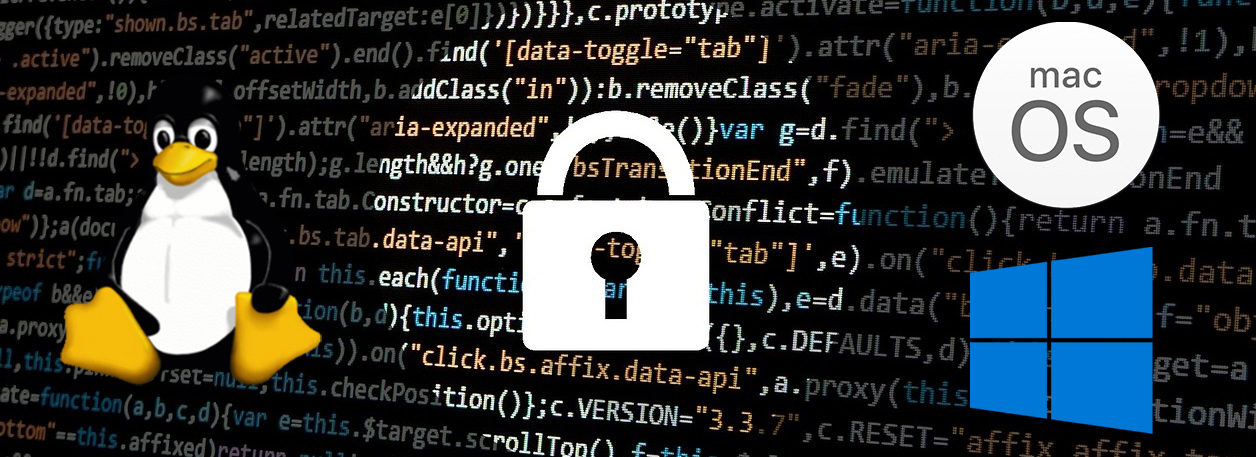Malware is a broad concept used to designate myriad different malicious programs that are surreptitiously placed on a person’s computer without their knowledge or consent. Their intentions and seriousness vary, but for business owners and individuals alike, having a computer infected with malware can be not only incredibly unsettling and annoying but financially ruinous. Below are 4 types of malware and how to remove them.
security
Web proxies have been around for some time now. They can be used in many different ways and come with lots of variety. Even so, many businesses and professionals still don’t understand what they are about. Before we get into that, let’s first explain what proxies are.
Proxies are web servers that act as gateways between the internet user and the address they interact with. Simply put, when you connect online using a proxy, all of the information goes through the proxy before reaching its final destination.
Proxies act on behalf of the user – they are the buffer zone between you and the internet. But what actually happens when you go online, and how is it different when using proxies? Here’s what you need to know.
Did You Know That Your Website Isn’t Immune to Cyber Threats? Learn How to Avoid Them.
Cybersecurity is extremely important – now more than ever. If you start to do research, however, you’ll find a debate going on about which operating system is the safest. These days, more IT professionals and companies are preaching the benefits of Linux systems. There are definitely some security advantages to the platform. But like everything in the computer world, so much comes down to user training. Even if you have a very secure platform, a virus can still be a problem. So let’s take a look at Linux and some of the advanced security measures you need to take.




